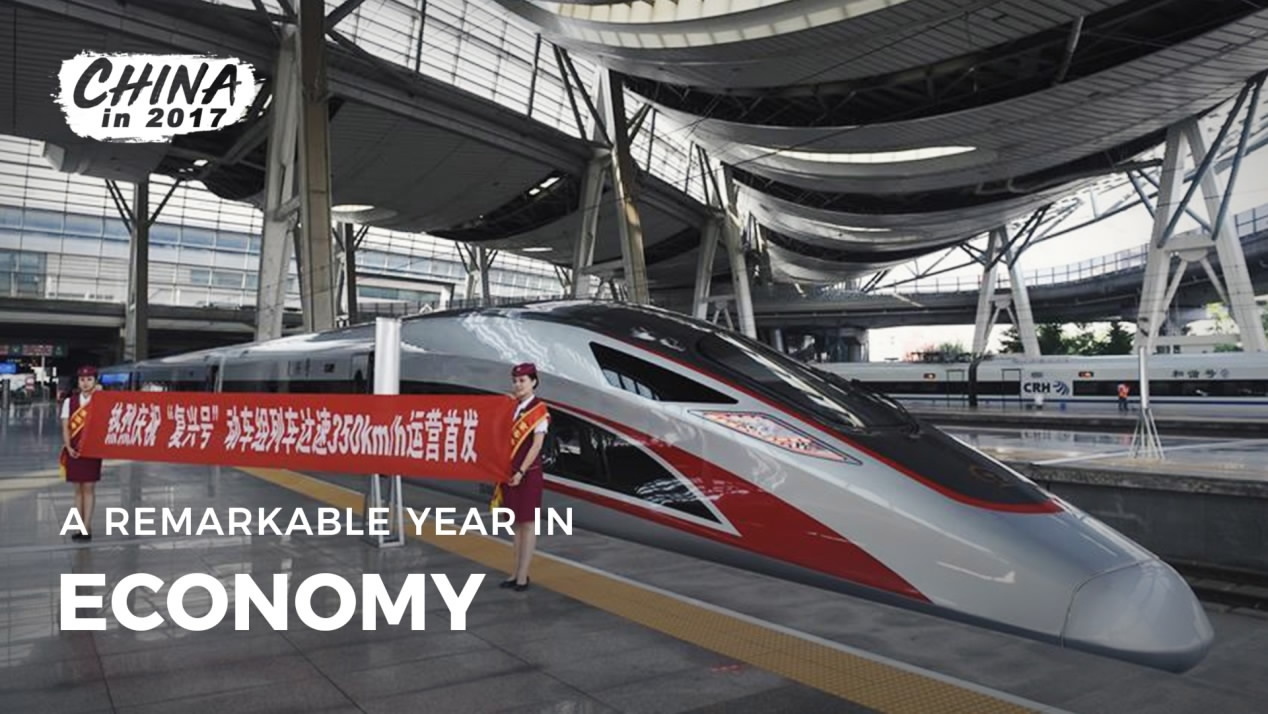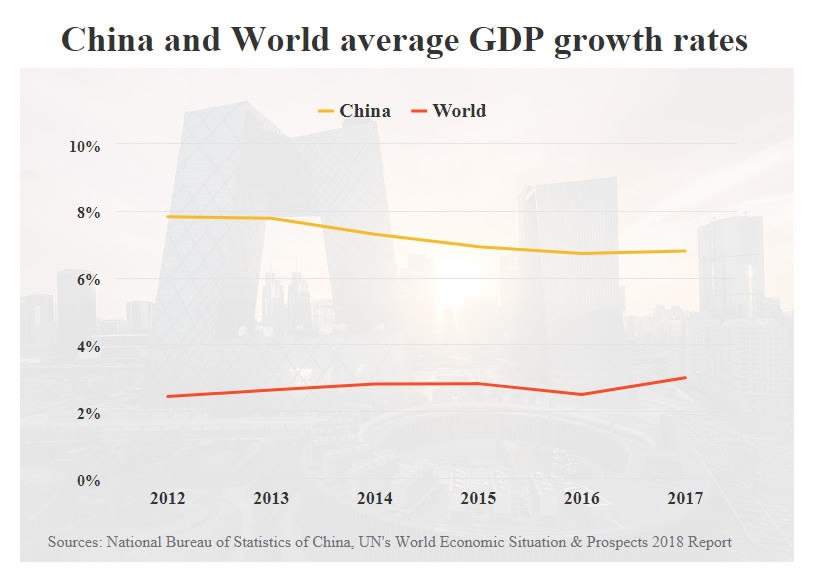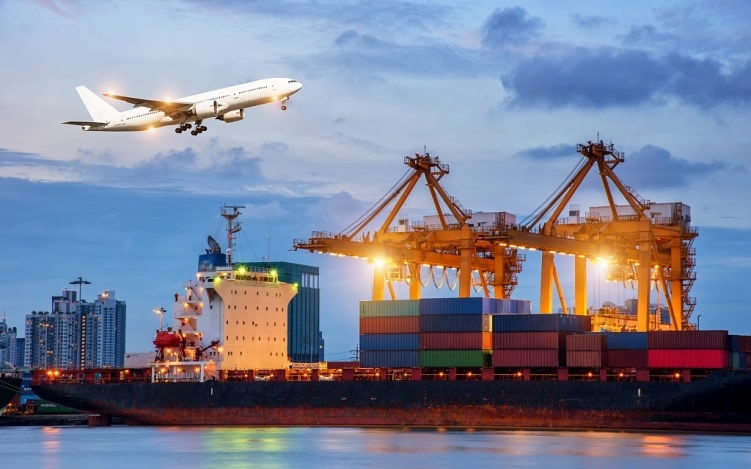
Politics
09:36, 23-Dec-2017
China in 2017: Transitioning to a stage of high-quality development
By Zhao Hong

"China's economy has been transitioning from a phase of rapid growth to a stage of high-quality development. This is a pivotal stage for transforming our growth model, improving our economic structure and fostering new drivers of growth." – Xi Jinping
China's economy grew at a steady, medium-high pace in 2017, with annual expansion of 6.8 percent projected by the Economy of China – Analysis and Forecast (2018).
The robust growth outpaced the estimated global average of around three percent, and China contributed more than 30 percent of the total world economic growth in 2017 according to the United Nations World Economic Situation and Prospects 2018 Report.

The Chinese economy expanded at an average annual rate of 7.2 percent between 2012 and 2017, outstripping the 2.5-percent global average in the same period. /CGTN Graphic
The Chinese economy expanded at an average annual rate of 7.2 percent between 2012 and 2017, outstripping the 2.5-percent global average in the same period. /CGTN Graphic
President Xi Jinping, also general secretary of the Communist Party of China (CPC) Central Committee, said at the 19th CPC National Congress in October that China has entered a stage of high-quality development that will be "pivotal stage for transforming our growth model, improving our economic structure and fostering new drivers of growth."
Under Xi's leadership, a new type of economic system is taking shape in China, featuring large-scale supply-side structural reform, coordinated regional development, and a new pattern of overall opening-up.
A new driving force for the economy
While maintaining steady economic growth, China in 2017 deepened supply-side structural reform, which is becoming a new growth driver.
Xi, speaking at the BRICS Business Forum in September, said China will continue to push forward with supply-side structural reform, drive its economy with innovation and achieve sustainable development.
Coordinated regional development
Following the success of China's economic zones, plans were put in motion in April to establish Xiongan New Area and facilitate the coordinated development of Beijing and surrounding regions. Xiongan is expected to promote the formation of a world-class city cluster.

VCG Photo
VCG Photo
2017 also witnessed the launch of a framework agreement on the development of the Guangdong-Hong Kong-Macao Greater Bay Area, designed to support Hong Kong and Macao in integrating their own progress into the overall development of China.
"We will continue to explore new mechanisms and pathways for achieving coordinated development among regions, promote coordinated development of the Beijing-Tianjin-Hebei region, Yangtze Economic Belt, Xiongan New Area, and Guangdong-Hong Kong-Macao Greater Bay Area, build world-class city clusters and foster new sources of growth," Xi said in a keynote speech at the 25th Asia-Pacific Economic Cooperation (APEC) CEO Summit in Da Nang, Vietnam in November.
Opening up with Belt and Road
Against the backdrop of a sluggish global economy, Xi proposed the Belt and Road Initiative in a bid to build a trade and infrastructure network connecting Asia with Europe and Africa along ancient trade routes.

Chinese President Xi Jinping, foreign delegation heads and guests pose for a group photo at the Leaders' Roundtable Summit of the Belt and Road Forum for International Cooperation at Yanqi Lake International Convention Center in Beijing, May 15, 2017. /Xinhua Photo
Chinese President Xi Jinping, foreign delegation heads and guests pose for a group photo at the Leaders' Roundtable Summit of the Belt and Road Forum for International Cooperation at Yanqi Lake International Convention Center in Beijing, May 15, 2017. /Xinhua Photo
The initiative has helped stabilize the world economy through industrial capacity cooperation between China and countries along the routes, and in 2016 was incorporated into UN documents.
Since Xi put forward the initiative in 2013, China has signed cooperation agreements with 80 countries and organizations, and conducted institutionalized capacity cooperation with more than 30 nations. Chinese enterprises have invested over 50 billion US dollars in countries along the routes and created 200,000 jobs.
In May 2017, Xi presided over the Belt and Road Forum for International Cooperation. Representatives from the world's major economies including all G7 countries were present.
Xi said China will pursue the initiative as a priority, as a route to openness, give equal emphasis to "bringing in" and "going global," follow the principle of achieving shared growth through discussion and collaboration, and increase openness and cooperation in building innovation capacity.
Read more:

SITEMAP
Copyright © 2018 CGTN. Beijing ICP prepared NO.16065310-3
Copyright © 2018 CGTN. Beijing ICP prepared NO.16065310-3